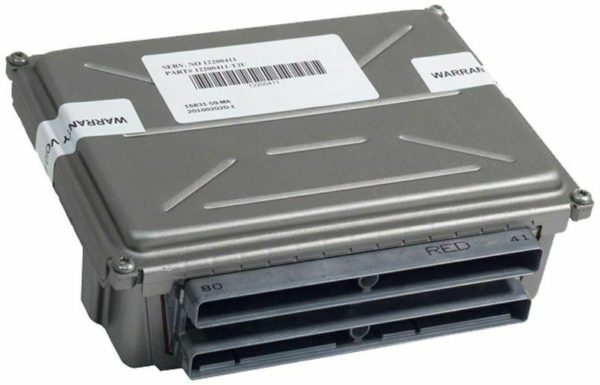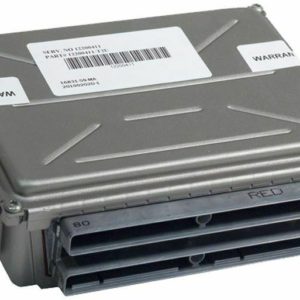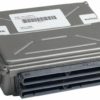Is Your GM Truck or SUV Acting Up? Get Back on the Road Fast.
If you’re dealing with a persistent Check Engine Light, erratic engine behavior, harsh shifting, or even a frustrating no-start condition, the problem often points directly to a failing Powertrain Control Module (PCM). As a technician with over 20 years of experience, I’ve seen hundreds of these GMT800 platform trucks—from the workhorse Sierra 3500 to the family-hauling Yukon XL—sidelined by a faulty PCM. The module is the brain of your vehicle, and when it fails, it can cause a cascade of confusing and costly issues.
This isn’t just another part off a shelf. This is a direct-fit replacement PCM, service number 12582605, that we program specifically for YOUR vehicle using your VIN. We load the latest, most stable GM-certified software, ensuring all factory drivability and emissions parameters are perfectly restored. This eliminates the guesswork and the expensive trip to a dealership for programming.
Symptoms of a Failing GM PCM:
A bad PCM can manifest in many ways. If you’re experiencing any of the following, this module is the likely solution:
- ✔ Unexplained Check Engine Light (with codes pointing to sensor circuits, injector drivers, or internal module failure)
- ✔ Rough or unstable idle
- ✔ Vehicle randomly stalling or shutting off
- ✔ Poor fuel economy
- ✔ Harsh or delayed transmission shifting
- ✔ Complete no-start condition where the engine cranks but won’t fire
- ✔ Communication errors with scan tools
Expert Pro Tip: The Crankshaft Position System Variation (CASE) Relearn
After installing your new 2003-2007 Sierra 3500 PCM, it’s very common to get a P1336 trouble code. Don’t panic! This is normal. The new module needs to learn the specific variations of your engine’s crankshaft position sensor. This procedure, called a CASE relearn, requires a bi-directional scan tool and takes about 5 minutes. Most local repair shops can perform this for a minimal charge. Attempting this simple final step ensures your engine runs smoothly and the check engine light stays off for good. Ignoring it can lead to misfire detection issues.
Plug-and-Play Installation: No Dealer Visit Required
We handle the complex programming so you can handle the simple installation. Replacing the PCM on these trucks is straightforward for any DIYer with basic tools. Get your truck back to factory-spec performance in under an hour.
- Safety First: Disconnect the negative terminal from your vehicle’s battery.
- Locate the PCM: On most compatible models like the Silverado, Sierra, and Tahoe, the PCM is located in the engine bay on the driver’s side, under or next to the battery tray.
- Disconnect Connectors: Carefully unclip the colored levers on the electrical connectors and pull them straight out from the module. Inspect the pins for any corrosion and clean if necessary.
- Remove the Old Module: Unbolt the PCM from its mounting bracket and remove it from the vehicle.
- Install the New PCM: Mount your new, pre-programmed module in the bracket and securely reconnect the electrical connectors, ensuring the levers click into place.
- Reconnect Battery: Reattach the negative battery terminal.
- Final Steps: Start the vehicle. It may run slightly differently for the first few drive cycles as it completes its internal learning processes. As noted in our tip, a CASE relearn is recommended to finalize the installation.
Guaranteed Compatibility & VIN Programming
This module is a direct replacement for a wide range of popular 2003-2007 GM trucks and SUVs. To ensure a perfect match, you must provide your 17-digit VIN upon purchase. This allows us to flash the module with the exact software your vehicle needs for optimal performance and function.
This unit replaces the following service part numbers:
89017750, 12582605, 12589463, 12602802, 89017734, 28042802
Please use the fitment list to confirm this is the correct part for your specific year, make, and model. If you have a 2004 model, please verify your original module has the ID 12602802. For 2007 models, this fits the ‘Classic’ body style with the creased door skin.


